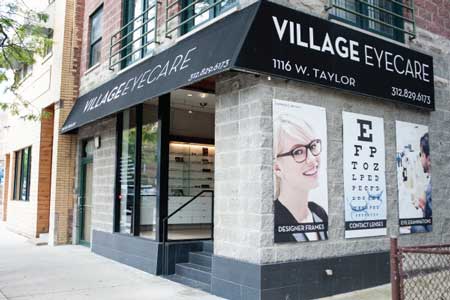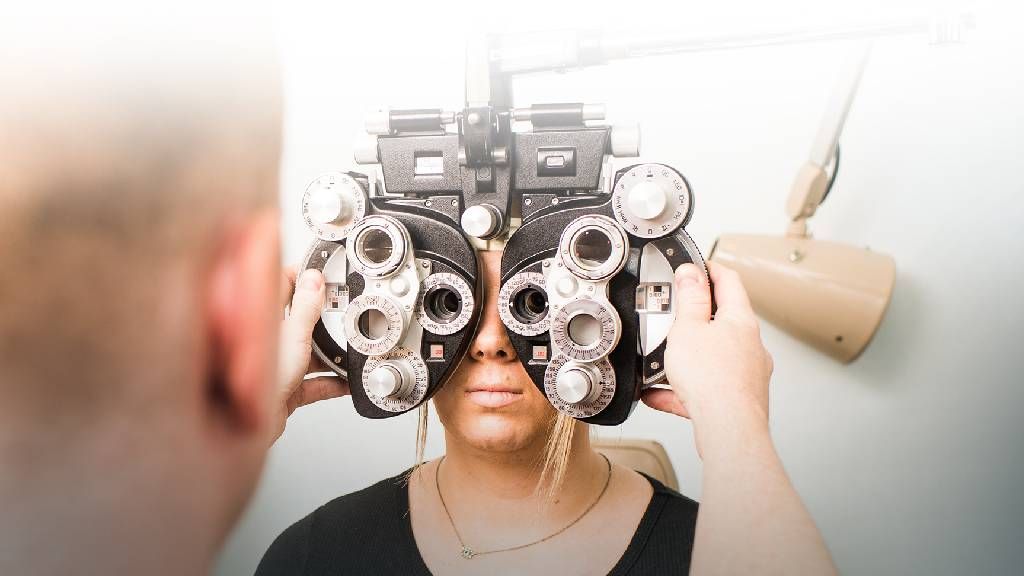Neurologist Andalusia: Professional Neurological and Eye Care Services
Neurologist Andalusia: Professional Neurological and Eye Care Services
Blog Article
Comprehending the Different Vision Adjustment Procedures Available for Clearer View
In the world of vision modification treatments, a plethora of options exist to address refractive mistakes and offer people with clearer view. From the extensively identified LASIK surgical procedure to less invasive procedures like PRK and implantable lenses, the area of ophthalmology uses a variety of strategies customized to suit different requirements and choices. Each treatment includes its very own collection of considerations, benefits, and possible threats. Comprehending the nuances of these vision adjustment methods is important for making educated choices about one's visual health. Allow's explore the details of these treatments and dropped light on the course to attaining enhanced vision clearness.
LASIK Surgery
LASIK surgical procedure is a typical refractive treatment used to deal with vision troubles such as astigmatism, nearsightedness, and farsightedness. This surgical method, which stands for Laser-Assisted sitting Keratomileusis, intends to reshape the cornea to improve just how light is focused on the retina, inevitably improving vision clearness. Throughout the procedure, a slim flap is developed on the cornea, and a laser is utilized to remove precise amounts of cells to reshape it properly. This improving permits light to be accurately concentrated onto the retina, remedying refractive mistakes.
One of the main advantages of LASIK surgical treatment is the quick renovation in vision experienced by clients. In general, LASIK surgical treatment is a popular choice for people looking for a lasting solution for their vision issues.
PRK Treatment

PRK is a suitable option for individuals with thin corneas or those at a higher danger of eye injuries, as it does not include developing a corneal flap. The healing procedure for PRK is slightly longer contrasted to LASIK, as the epithelium requires time to regenerate. Patients may experience pain and blurry vision for a couple of days complying with the treatment.
Despite the longer recuperation time, PRK can yield outstanding cause vision renovation, making it a useful choice for those who might not be appropriate candidates for LASIK surgical treatment. - Neurologist Andalusia
Implantable Lenses
As opposed to PRK where the cornea is improved straight, implantable lenses supply an additional method for remedying vision by putting artificial lenses inside the eye. This treatment is particularly beneficial for individuals with high levels of farsightedness, nearsightedness, or astigmatism that might not appropriate prospects for laser surgical treatments like LASIK or PRK.
Implantable lenses, additionally referred to as phakic intraocular lenses, work by supplementing the eye's all-natural lens with a fabricated one. These lenses can be positioned in front of the all-natural lens (anterior chamber) or behind the iris and in front of the natural lens (posterior chamber) By readjusting the power and positioning of these lenses, ophthalmologists can properly remedy refractive errors and improve aesthetic skill.
One benefit of implantable lenses is that they are exchangeable and removable, providing flexibility for future changes. Nonetheless, similar to any type of procedure, there are risks entailed, such as infection or cataract formation. People considering implantable lenses must speak with an eye treatment professional to figure out the most appropriate option based on their individual needs and eye wellness.
Corneal Rings

The treatment for inserting corneal rings is minimally invasive and click fairly quick, often done as an outpatient treatment. Throughout the surgical treatment, the eye doctor makes a tiny incision in the cornea and inserts the rings at a certain deepness. When in position, the rings aid to reshape the cornea, giving a smoother surface for light to go into the eye, which can lead to more clear vision.
Corneal rings are thought about a reversible treatment, as they can be eliminated or replaced if necessary. While they might not completely remove the need for glasses or contact lenses, corneal rings can considerably boost vision top quality and overall visual comfort for individuals with keratoconus or various other corneal abnormalities.
Refractive Lens Exchange
Complying with the correction of corneal irregularities with procedures like corneal rings, one more vision improvement method that can attend to refractive errors is Refractive Lens Exchange (RLE) RLE is a surgical procedure that includes replacing the eye's all-natural lens with an artificial intraocular lens (IOL) to correct refractive mistakes such as presbyopia, nearsightedness, and farsightedness. This treatment is especially useful for individuals that might not appropriate candidates for procedures like LASIK or PRK because of factors such as slim corneas or high refractive errors.
Recuperation time for RLE is relatively fast, and individuals can expect better vision soon after the procedure. As with any surgical treatment, prospective threats and problems exist, so a complete examination with an eye care professional is vital to identify if RLE is the appropriate vision modification alternative.
Final Thought

In the realm of vision modification procedures, a wide range of options exist to attend to refractive errors and supply people with more clear view.LASIK surgery is a typical refractive treatment utilized to remedy vision problems such as astigmatism, farsightedness, and nearsightedness.While likewise a typical refractive procedure, the PRK (Photorefractive Keratectomy) method differs from LASIK surgical treatment in its approach to correcting vision problems.Adhering to the modification of corneal abnormalities with treatments like corneal rings, one more vision adjustment strategy that can address refractive errors is Refractive Lens Exchange (RLE) LASIK surgical treatment, PRK procedure, implantable lenses, corneal rings, and refractive lens exchange are all choices that can attend to various vision problems.
Report this page